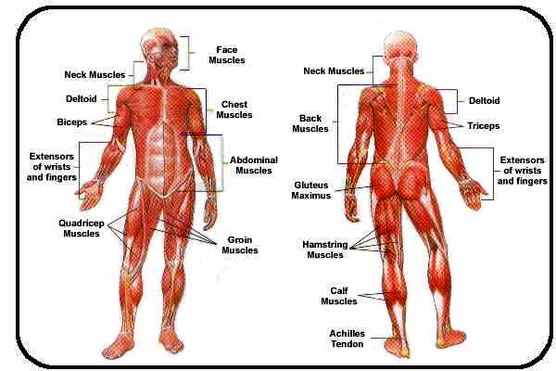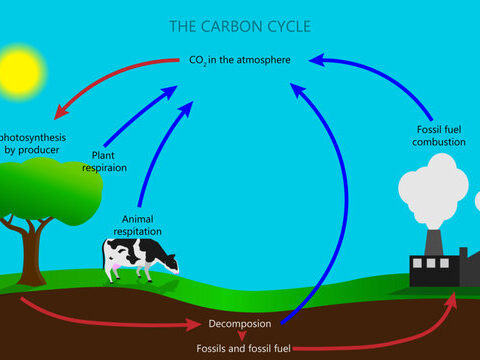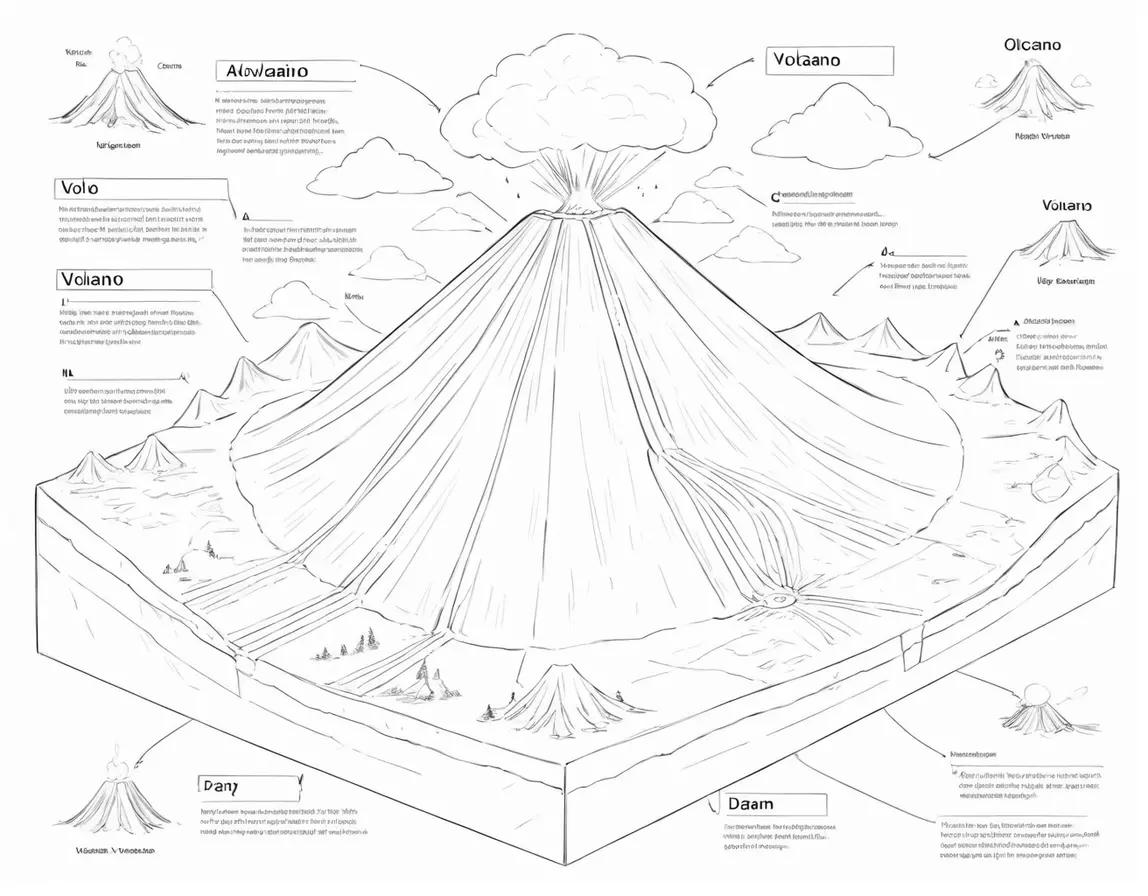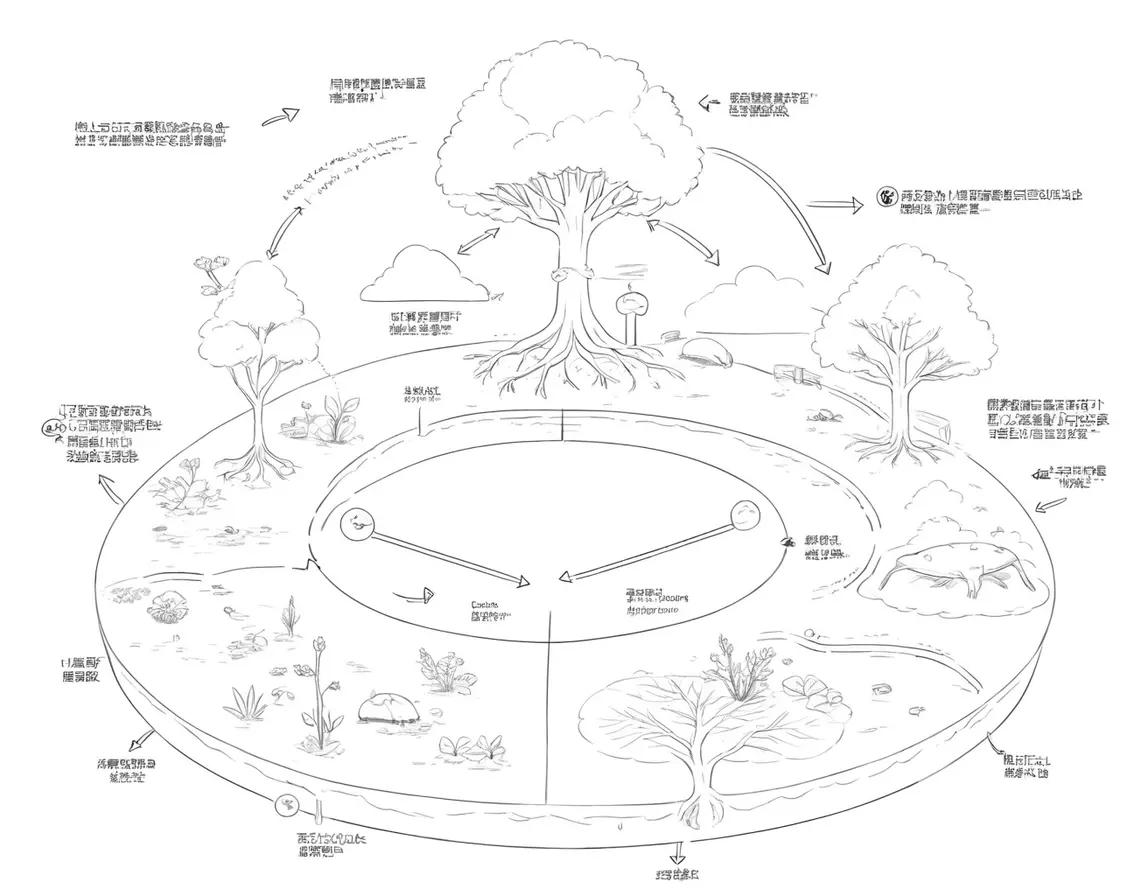
Living things, or organisms, exhibit a set of distinctive characteristics that distinguish them from non-living entities. These characteristics encapsulate the essence of life, providing a framework for understanding the diversity and complexity of living organisms.
- Cellular Organization:
Definition: Living things are composed of one or more cells, the basic units of life. Cells are highly organized structures with specific functions and contain genetic material.
Significance: Cellular organization is a fundamental feature that underlies the complexity of living organisms. Cells can be unicellular (single-celled organisms) or multicellular (organisms composed of many cells).
- Metabolism:
Definition: Metabolism encompasses all the chemical reactions occurring within an organism. These reactions are essential for obtaining and utilizing energy from the environment.
Components:
Anabolism: building complex molecules from simpler ones.
Catabolism: breaking down complex molecules to release energy.
Significance: Metabolism is the driving force behind various life processes, including growth, repair, and the maintenance of homeostasis.
- Homeostasis: Definition: Homeostasis refers to the ability of living organisms to maintain a stable internal environment despite external changes. This balance is crucial for the proper functioning of cells and, by extension, the entire organism.
Examples: Temperature Regulation: Mammals maintain a relatively constant body temperature.
pH Balance: Acid-base balance in the blood is tightly regulated.
Significance: Homeostasis ensures optimal conditions for cellular activities, promoting the health and survival of organisms in dynamic environments.
- Growth and Development:
Definition: Living organisms exhibit growth, involving an increase in size or number of cells. Development refers to the process of maturation and differentiation of cells over time.
Examples: Human Growth: Infancy to adulthood involves growth and developmental changes.
Plant Growth: Seed germination and subsequent development into mature plants.
Significance: Growth and development are indicators of life, reflecting the dynamic nature of living organisms as they progress through various life stages.
- Response to stimuli:
Definition: Living things can sense and respond to stimuli from their environment. Responses may be immediate and automatic, or involve more complex behaviors.
Examples: Plants respond to light by bending toward it (phototropism).
Animals: Reflex actions, such as withdrawing a hand from a hot surface.
Significance: The ability to respond to stimuli is vital for survival, allowing organisms to adapt to changing environmental conditions.
- Reproduction:
Definition: Reproduction is the process by which living organisms produce offspring, ensuring the continuity of their species.
Types:
Asexual reproduction involves a single parent, leading to genetically identical offspring.
Sexual reproduction involves the fusion of gametes from two parents, resulting in genetically diverse offspring.
Significance: Reproduction is a fundamental characteristic that perpetuates the existence of species and contributes to genetic diversity.
- Adaptation:
Definition: Adaptation involves the ability of living organisms to evolve and adjust to their environment over time. This may occur through natural selection, genetic changes, or behavioral modifications.
Examples: camouflage: animals adapt coloration to blend with their surroundings.
Migration: Birds adapt by migrating to suitable climates.
Significance:
Adaptation ensures the survival of organisms in changing environments, allowing them to thrive and exploit ecological niches.
- Genetic Code:
Definition: Living things store and transmit genetic information in the form of DNA (deoxyribonucleic acid) or RNA (ribonucleic acid). This information carries instructions for the development and functioning of the organism.
Components:
Genes: Specific segments of DNA/RNA that code for proteins.
Genome: Complete set of genetic material in an organism.
Significance: The genetic code is the blueprint for life, responsible for the inheritance of traits and the diversity observed among living organisms.
The characteristics of living things provide a comprehensive framework for understanding the nature of life. From the cellular organization to the intricate processes of metabolism, growth, and adaptation, these characteristics collectively define the essence of living organisms. By exploring these features, we gain valuable insights into the complexity, diversity, and resilience of life on Earth.
Continued research and exploration into the characteristics of living things contribute to our understanding of biology and the interconnectedness of all living organisms. As we delve deeper into the mysteries of life, the significance of these characteristics becomes increasingly apparent, guiding scientific inquiry and fostering appreciation for the remarkable diversity of living entities.



















